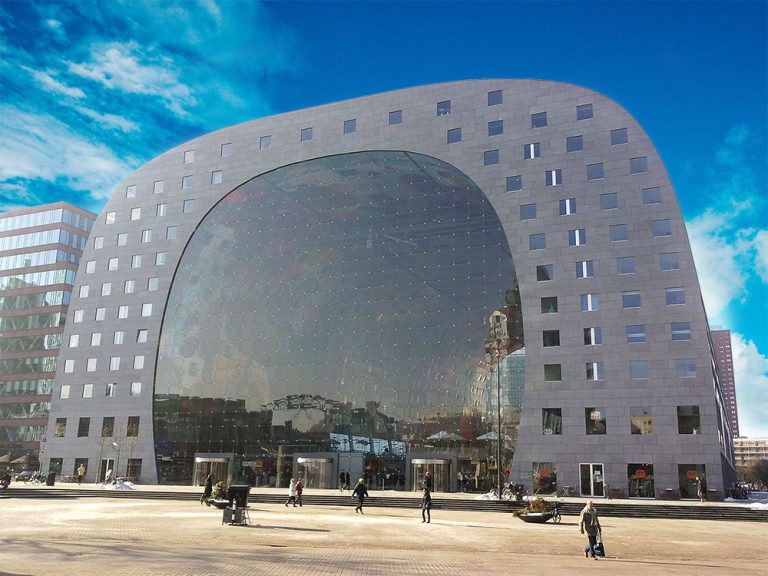The Dutch kissing couple statue: who are they?
The Delft Blue kissing couple is one of the most popular souvenirs from the Netherlands. But who are they? We will tell you a little bit about their history.
The first statues date back to the 18th century. It is a farmers couple and their names are probably Jan (the boy) and Grietje (the girl). However, their identity has never been confirmed and remains a bit of a mystery.
The kissing couple wears traditional folklore costumes. These costumes are definitely not part of the regular Dutch wardrobe anymore, but in some villages you can still find people wearing them (for example in Staphorst or Spakenburg).
Another fact is that, in the first place, the boy and girl were not kissing. This romantic touch was added in the 20th century during the sexual revolution.
The statue is especially famous because it is Delft Blue (or in Dutch: “Delfts Blauw”). This is a type of blue and white pottery made in Delft and its surrounding areas from the 16th century onwards. It resembles the 14th century Chinese porcelain, which was very popular and very expensive in Europe that time. That’s why the Dutch started to make their own cheaper version.
As the Dutch don’t really stick to traditions, there are also multicultural versions designed as part of the art project ‘To Kiss or Not to Kiss’. There are, for example, statues of kissing couples from Chinese or Arabic origin, or same gender couples.
Since 2017 there is also an XXXL version of the couple. This 10-metres high statue is located in the West Port area of Amsterdam (along the bicycle lane from Zaanstad to Amsterdam City Centre).




